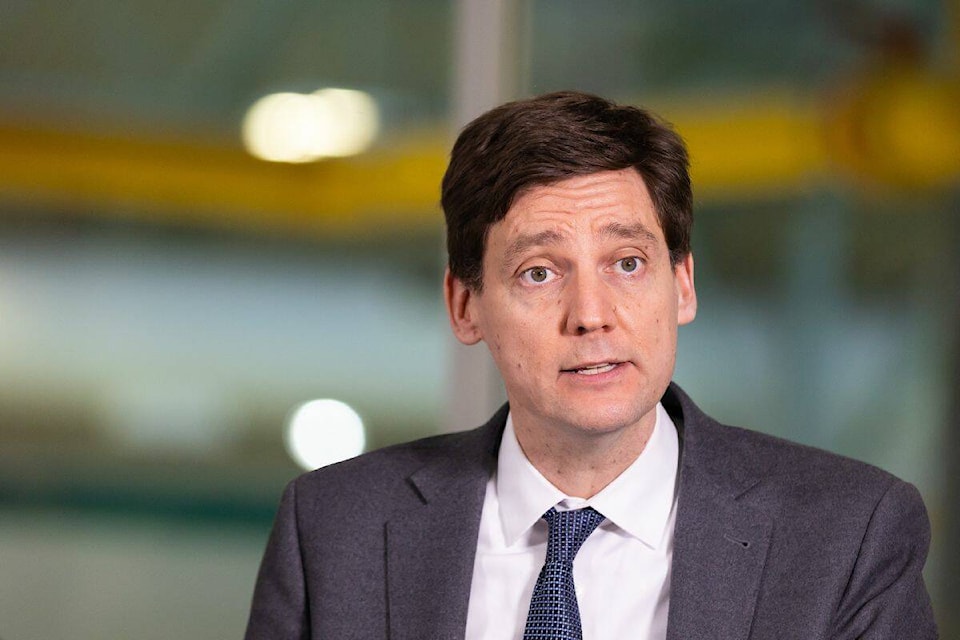As B.C.’s population continues to grow, provincial and municipal officials are calling on the federal government for steady sources of social and physical infrastructure funding.
Premier David Eby echoed this call with his provincial and territorial counterparts during the recent Western Premiers Conference.
“We see huge opportunity in the growing number of people, that are choosing to live in…western Canada and the North, but we also see challenges that come with that, if that is not done in a thoughtful way,” he said.
While Eby did not spell out any specific dollar figures, he identified child care and immigration services as critical areas of need. Eby and Housing Minister Ravi Kahlon had also previously identified housing with Kahlon having urged the federal government to link immigration with money for housing.
This appeal points to a tension between an area firmly within federal responsibility — immigration — and an area firmly within provincial responsibility — housing.
While Ottawa has been setting ambitious targets for immigration — plans call for 500,000 people each year by 2025 — experts fear that Canada generally and certain provinces specifically lack the necessary resources to supply that housing, along with everything else, starting with childcare spaces to schools, from roads and bridges to parks.
Projections by Statistics Canada for B.C.’s future population in 2043 range from 5.9 million to 7.3 million, with neighbouring Alberta ranging from 5.8 million to 7.1 million. Both Saskatchewan and Manitoba will also see growth as the share of Canada’s population living west of Ontario continues to grow. Since 2011, more people have been living west of Ontario than east of it.
RELATED: Province pledges one-time grants totalling $1B for B.C. cities, regional districts
For municipalities across B.C., these figures are not abstractions, but lived realities.
The provincial government earlier this year announced one-time grants worth $1 billion for municipalities to improve infrastructure and recent days have seen a flurry of announcements up and down the Okanagan Valley, one of the fastest growing regions in B.C. and all of Canada.
But if local officials have naturally welcomed the funding, they also signalled that the funding needs to be more stable, with the demands mainly directed toward the federal government.
Kelowna Mayor Tom Dyas, who oversees a city whose population grew by 13.5 per cent between 2016 and 2021, said stable funding from senior spheres of government ensures better planning.
“If we are looking at doing projects and everything is last minute, that cost is elevated with regards to doing last minute,” he said. “But establishing consistent infrastructure funding on a long-term…will allow municipalities to move forward with projects and plan for projects and be even much more cost effective in the future.”
Dyas also welcomed provincial efforts in referencing recent discussions by Municipal Affairs Minister Anne Kang.
“From across Canada, we have talked about the importance of our growing communities, that it is very difficult for communities to grow without the infrastructure in place,” she said.
@wolfgangdepner
wolfgang.depner@blackpress.ca
Like us on Facebook and follow us on Twitter.
